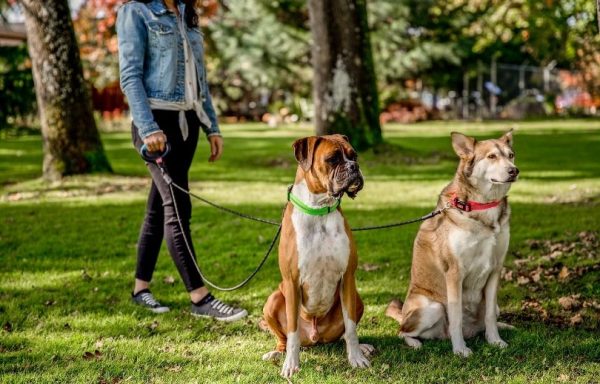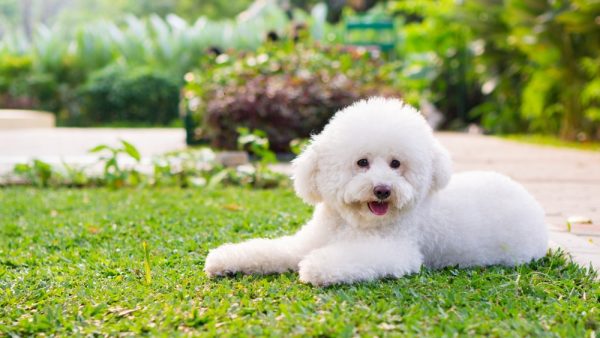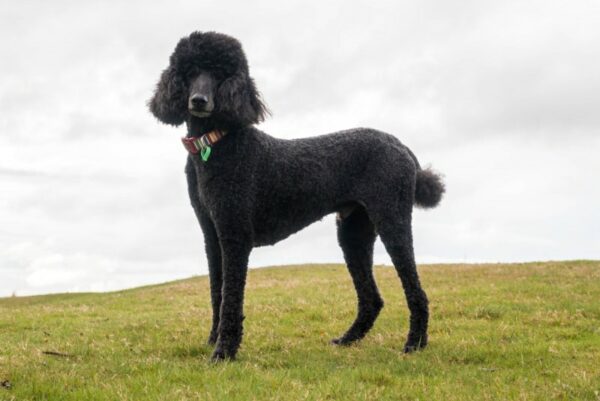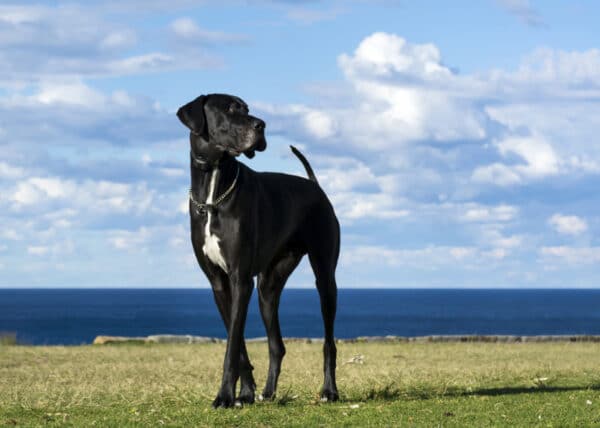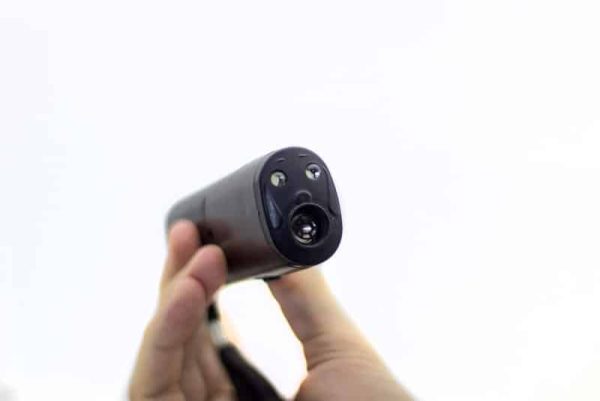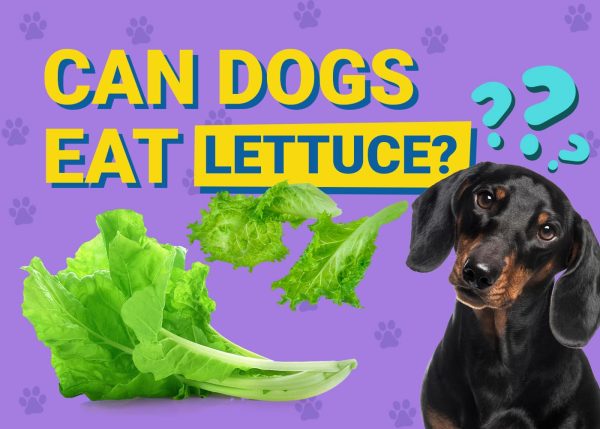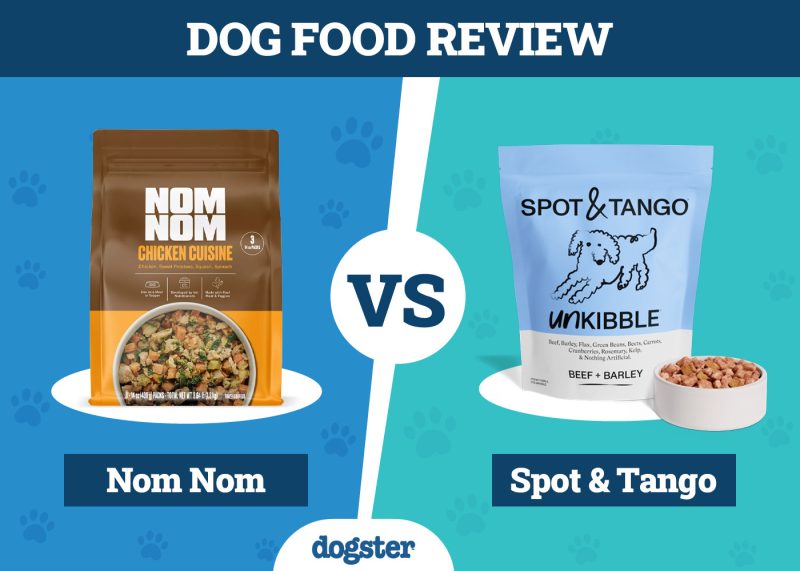In this article
Even if you aren’t a dog person, everybody knows our canine pals can’t get enough of playing with tennis balls. They’re fun to chase and enjoyable to chew, and tennis balls are a simple enrichment solution almost any owner can use for bonding and working out with their dog.
It might seem arbitrary that the tennis ball became the universally agreed upon playtime toy, but when we consider all their unique benefits over other toys, it’s no wonder dogs adore the fuzzy green orbs. Here’s everything you need to know about why dogs like tennis balls and whether they should be a part of your dog’s daily exercise.

The 5 Reasons Dogs Like Tennis Balls
1. They’re Springy
A tennis ball’s bouncy composition delivers all kinds of entertaining qualities a dog can appreciate. The sponginess provides a pleasurable chew, while the springiness allows them to bounce around.
Alongside the round shape, this makes them livelier than many other toys you might throw, making them more fun for dogs. All dogs have a prey drive, and the erratic movements of a thrown tennis ball supply the perfect stimulation for their instinct to chase.

2. They’re an Appropriate Size
Plenty of sports balls have a rubbery texture and air-backed bounce to make them enjoyable to chew, but few are the right fit for a dog’s jaws. Tennis balls are the perfect size for average-sized dogs to mouth comfortably.
3. They Hold Attractive Smells
Tennis ball fibers trap different odors as they bounce around, many of which a dog might find intriguing. They also maintain a dog’s unique smell, as well as that of their owner. If your dog has a worn ball they love, it might be because it’s full of a favorite familiar scent.

4. Dogs Can See Them Better
Dogs may have a singular affinity for yellow tennis balls, not because it’s their favorite color but because it’s one of the few tones they can see. With more rods than cones, dogs have limited color perception. They’re red-green color blind, registering shades of blue and yellow relatively well while having trouble separating other hues. As a result, neon yellow tennis balls have an edge in grabbing a dog’s attention.
5. They Feel Good to Chew
The fuzzy covering on a tennis ball provides a soft texture that many dogs enjoy. The brushing sensation can feel good against the teeth and gums, offering a gentle yet stimulating massage to keep them chewing.


Frequently Asked Questions (FAQ)
What Are Tennis Balls Made Of?
Tennis balls are air-filled balls consisting of a rubber structure. A felt coating wraps around it, with various components like wool, cotton, and synthetic fibers (e.g., nylon) creating the soft texture.
Should Dogs Play With Tennis Balls?
Tennis balls are affordable, accessible, and easy to use, so why wouldn’t you include them in your dog’s arsenal of enrichment devices? Unfortunately, dog owners should be hesitant to offer them because, for all their benefits, tennis balls have just as many drawbacks.
Toxic Compounds
Innocuous as they may seem, the average tennis ball may contain a surprising number of poisonous compounds. In 2009, the Michigan-based Ecology Center tested hundreds of products for assorted toxins. Studies revealed that among the tested tennis balls, 48% had detectable lead levels. The lettering contained 2,696 ppm of lead and 262 ppm of arsenic in one tennis ball for pets.
Lead has an observed effect on dogs in daily doses as low as 1 mg/kg for 10 days. Toxicity can cause behavioral changes and various gastrointestinal and neurological effects, including anorexia, vomiting, and seizures. Interestingly, the study that found such high levels in pet tennis balls found no instances of lead in standard sports tennis balls.
Even if lead isn’t the issue in all products, hazards like phthalates, arsenic, and chloride are still concerning. As an everyday toy, tennis balls may present excessive toxic risks to your dog.

Tooth Damage
Prolonged chewing on a tennis ball isn’t as safe as the soft felt covering might imply. Over time, the nylon can grind on tooth enamel, wearing down the canines and premolars to expose the dentin. The bare nerves can cause considerable discomfort, responding sensitively to touch and temperature. Alongside the fibers, dirt and other grit can cling to tennis balls as they roll around, adding another abrasive element.
Choking Hazard
The hard rubber making up a tennis ball shell can handle a decent amount of abuse, but most dogs can eventually sink their teeth in to rip it apart. Power chewers are more efficient, often destroying fresh balls in a matter of minutes.
Regardless of what’s in the tennis ball, the torn-up pieces will always present a choking hazard. Dogs of any breed can get an oversized piece lodged in their throat. Some may even compress an intact ball enough to pass it into their gullet.
If they swallow it, the indigestible fibers and rubber materials can bind up the stomach, causing painful and dangerous GI blockages that may take surgery to fix.
How Can I Let My Dog Safely Play With Tennis Balls?
Despite the hazards, you can find a middle ground where your dog can safely enjoy them without putting them at serious risk of injury. The following are a few tips for safe play if your dog won’t give up their tennis balls:
- Wash tennis balls in warm water and mild dish liquid for 30 minutes and rinse when they get overly dirty.
- Discard torn and worn-out tennis balls.
- Teach “leave it” and “drop it” commands.
- Always supervise play sessions with tennis balls.
- Play fetch with tennis balls, but don’t let your dog use them as chew toys.
- Trade your dog’s tennis ball for a tasty treat and a more appropriate chew when your dog begins gnawing on it.
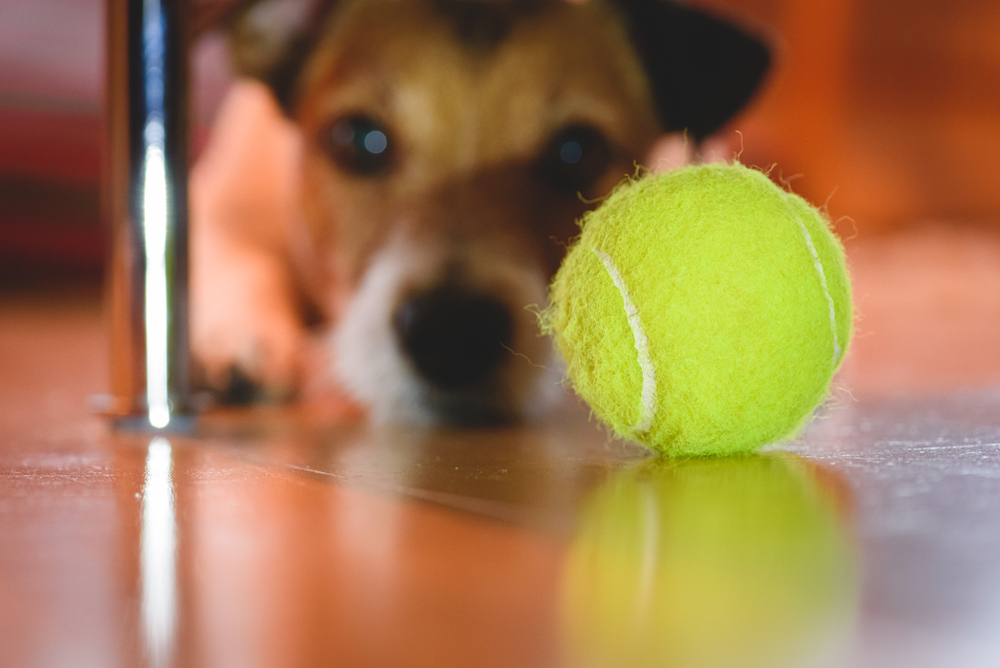
You can also use a more appropriate rubber toy ball for pets. Items like Chuckit! balls use heavy-duty rubber that can withstand biting and last longer than the average tennis ball. Many even come with cavities to pack with treats, giving your dog multiple levels of fun in one toy.

Conclusion
Everything from the sight to the smell of a tennis ball can entice a dog to start playing. Simple sports accessories have long been a go-to favorite for our pets, and few toys seem more effective at keeping them entertained.
At the same time, tennis balls have several safety considerations, requiring a careful approach to prevent problems. If you can supervise your dog closely and prioritize quality equipment, there’s no reason they can’t be part of your dog’s regular exercise routine.
See Also:
- Ball Games for Dogs to Try With Your Pet
- What Is Schutzhund? A Comprehensive Guide to the Incredible Dog Sport
Featured Image Credit: Oleg Kopyov, Shutterstock



